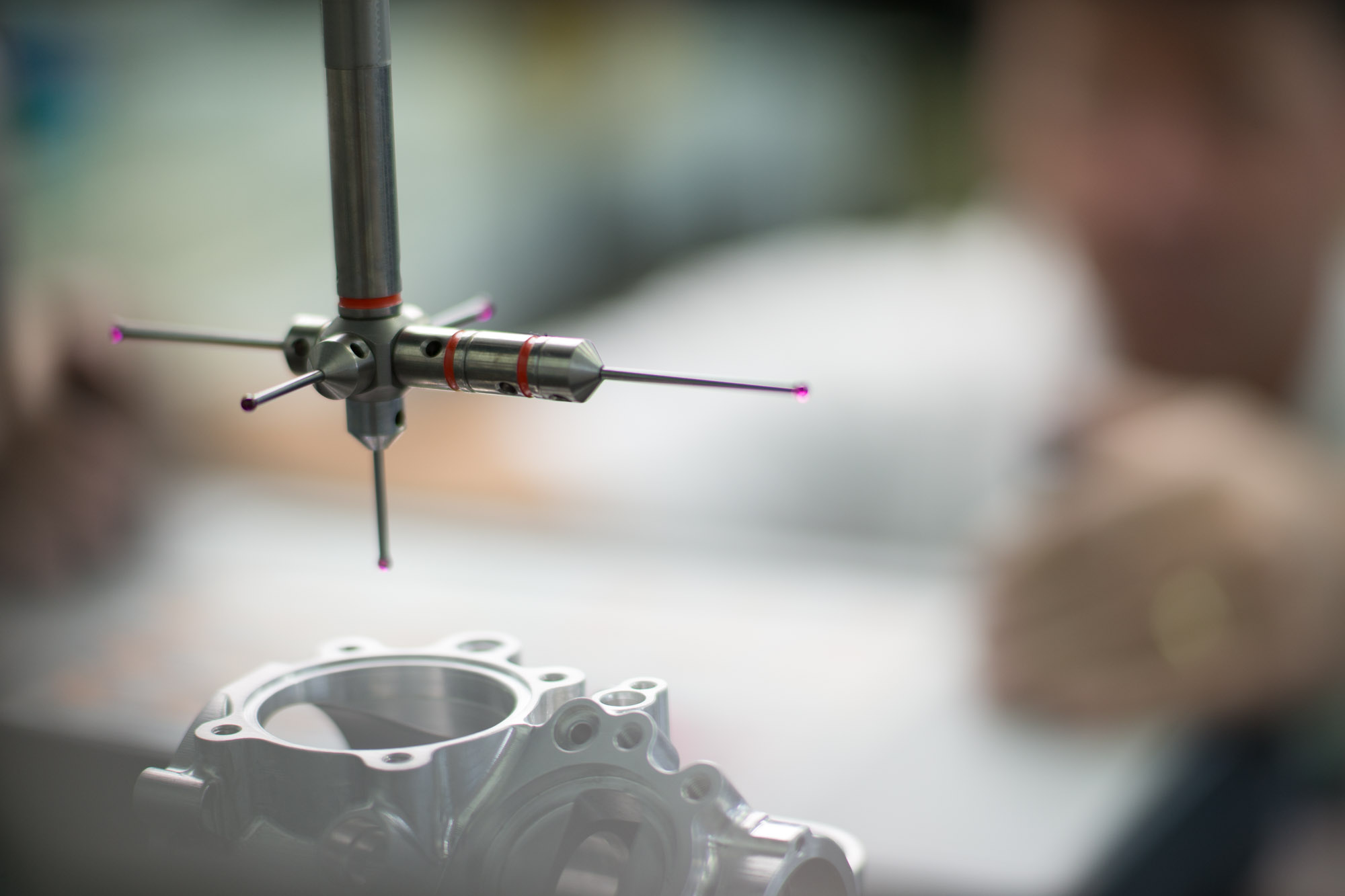Perth-based Orbital UAV and Northrop Grumman have inked a deal for a new hybrid propulsion system for unmanned aerial vehicles. The Australian manufacturer will design and develop a hybrid vertical take-off and landing (VTOL) system, the company announced on 23 April.
To continue reading the rest of this article, please log in.
Create free account to get unlimited news articles and more!
“This new contract of work represents another opportunity for Orbital UAV to expand its customer base of global defence prime contractors and further develop our range of products to meet the evolving needs of the tactical UAV market,” Todd Alder, chief executive and managing director of Orbital UAV, said.
Orbital UAV has been tasked to design and develop a hybrid propulsion system that combines an electric motor with the company’s flight-proven heavy fuel engine.
“The integration of our heavy fuel engine technology with a hybrid propulsion system represents a significant technological step forward for the tactical UAV industry,” Keith Hirschman, Orbital UAV’s vice-president for global growth, said.
“A hybrid propulsion system will address the growing demand for greater payload power.”
Under the contract, Orbital UAV will develop, supply and support two initial hybrid propulsion systems for integration into what the company described as Northrop Grumman’s small UAV development platform. Work will be carried out at Orbital’s facility in Perth, Western Australia.
“Northrop Grumman is developing the next generation of VTOL UAVs,” said Northrop Grumman's autonomous systems director Rob Sova.
“Orbital UAV will help augment our research and development initiatives in anticipation and support of our customers’ needs.”
Delivery of the two prototype propulsion systems for flight testing is expected to occur during 2021.

 Login
Login






